How to Get a Fly Out of Your House?
To get a fly out of your house, open a window or door and gently guide it towards the opening.
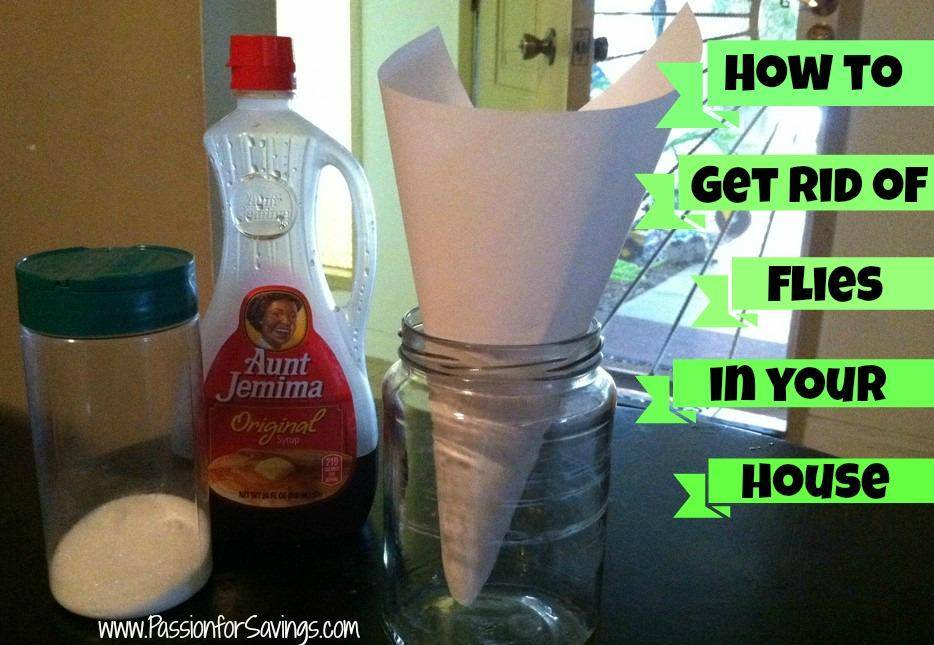
Credit: www.passionforsavings.com
Understanding The Fly Problem
The Common House Fly And Its Behavior
Flies are common household pests that can be found buzzing around our homes. Understanding their behavior is essential in effectively getting rid of them. Here are some key points to know about the common house fly and its behavior:
- House flies are attracted to certain smells and substances, including decomposing food, garbage, feces, and moist environments.
- They have a lifespan of around 15-30 days and can go through their life cycle from egg to adult in as little as 7-10 days.
- Flies have compound eyes that allow them to see a wide range of colors and detect movement, making them highly responsive to visual stimuli.
- They have a rapid reproduction rate, with females laying hundreds of eggs in their lifetime.
- Flies are adept at flying and can reach speeds of up to 5 miles per hour, making it difficult to catch and swat them.
The Risks And Inconveniences Associated With Having Flies In Your House
Having flies in your house can pose various risks and inconveniences. Understanding these can motivate you to take necessary steps to eliminate them. Here are the key points:
- Flies can carry and spread disease-causing pathogens, including bacteria, viruses, and parasites, posing a health risk to humans and pets.
- They can contaminate food surfaces and utensils by landing on them after feeding on waste or fecal matter.
- The incessant buzzing sound of flies can be irritating and disruptive, particularly when you’re trying to relax or concentrate.
- Flies can cause a foul odor in your house, especially if they have access to rotting food or organic matter.
- Infestations can be challenging to control as flies can lay eggs in hard-to-reach areas, such as cracks, crevices, and hidden corners.
Understanding the behavior of house flies and the risks they pose is crucial in dealing with a fly problem effectively. The next section will provide practical methods to get rid of flies from your house.
Creating A Fly-Free Environment
Flies buzzing around your house can be both annoying and unhygienic. But fear not, creating a fly-free environment is within your reach. By following a few simple steps, you can keep those pesky little insects at bay. Here are some effective strategies to consider:
Keeping Doors And Windows Closed
- Keeping your doors and windows closed is a basic yet crucial step in preventing flies from entering your home.
- Make it a habit to close doors and windows immediately after entering or leaving a room.
- Remind family members or housemates to do the same to maintain a fly-free environment.
- Alternatively, consider using screen doors to allow fresh air in while keeping flies out.
Inspecting And Repairing Any Cracks Or Gaps In Windows And Doors
- Inspect your windows and doors for any cracks or gaps that may serve as entry points for flies.
- Seal these cracks and gaps using caulk or weatherstripping to prevent flies from getting inside.
- Pay extra attention to the areas around window frames, door frames, and any other potential entry points.
- Regularly check the integrity of these repairs to ensure they remain effective over time.
Installing Window Screens And Door Sweeps
- Installing window screens is an effective way to keep flies out while still allowing fresh air to circulate.
- Choose high-quality screens with fine mesh to prevent flies from sneaking in.
- Ensure the screens fit tightly and securely in order to block any potential gaps.
- Similarly, consider installing door sweeps at the bottom of exterior doors to prevent flies from flying in through small spaces.
Eliminating Attractive Breeding Areas
- Flies are attracted to areas where they can breed, such as garbage cans, organic waste, and standing water.
- Regularly dispose of garbage in sealed containers to minimize fly attraction.
- Keep garbage cans clean and ensure lids are tightly closed.
- Clean up any spills or food crumbs promptly to avoid attracting flies.
- Check your home for any sources of standing water, such as leaky pipes or pet water bowls, and address them to prevent fly breeding.
By following these strategies, you can create a fly-free environment in your home and enjoy a cleaner and more comfortable living space. Remember, prevention is key when it comes to dealing with flies, so be proactive in implementing these measures.
Say goodbye to those pesky insects and hello to a fly-free home!
Natural Fly Repellents
Flies buzzing around your house can be annoying and unhygienic. Luckily, there are several natural fly repellents you can create using common household items. These diy solutions are not only effective but also safe for you, your family, and the environment.
Let’s explore some natural fly repellent options that will help you get rid of those pesky flies once and for all.
Creating Diy Fly Repellents Using Essential Oils
- Essential oils have natural properties that repel flies. Here are a few effective diy repellents you can make at home using essential oils:
- Citronella oil: Mix 10-15 drops of citronella oil with water in a spray bottle. Shake well and spray it in areas where flies tend to gather, such as windowsills and doorways.
- Peppermint oil: Flies dislike the strong scent of peppermint oil. Dilute 10-15 drops of peppermint oil with water and spray it in fly-infested areas.
- Eucalyptus oil: Combine 10-15 drops of eucalyptus oil and water in a spray bottle. Spray this mixture around your house to repel flies.
- Lavender oil: Flies find the aroma of lavender oil unpleasant. Mix 10-15 drops of lavender oil with water in a spray bottle and spray it in fly-prone areas.
- Lemongrass oil: Dilute 10-15 drops of lemongrass oil with water and use it as a spray to keep flies away.
Using Vinegar And Dish Soap Traps
- Vinegar and dish soap traps are simple yet effective in capturing flies. Here’s how you can set up a vinegar and dish soap trap:
- Fill a small bowl with apple cider vinegar or white vinegar.
- Add a few drops of dish soap into the vinegar and mix well.
- Place the bowl in areas where flies are commonly found, such as near the kitchen or garbage cans.
- Flies will be attracted to the vinegar scent and get trapped in the soapy mixture.
Employing Aromatic Herbs And Plants To Deter Flies
- Many herbs and plants have natural repellent properties that can help keep flies away. Consider using the following aromatic options:
- Basil: Planting basil near entrances or keeping potted basil indoors can deter flies due to its strong scent.
- Rosemary: The fragrance of rosemary acts as a natural fly repellent. Plant rosemary around your house or place dried rosemary near windows and doorways.
- Mint: Mint leaves emit a strong aroma that flies dislike. Planting mint in your garden or keeping potted mint indoors can help repel flies.
- Lavender: Apart from its soothing scent, lavender also repels flies. Place dried lavender sachets in fly-prone areas or plant lavender near windows and doors.
Remember, natural fly repellents may require regular reapplication to maintain their effectiveness. Incorporating these diy solutions into your fly control routine will not only keep your house fly-free but also create a pleasant and fresh-smelling environment. Cheers to a fly-free home!
Non-Toxic Fly Traps And Baits
Discussing The Various Types Of Non-Toxic Fly Traps Available In The Market
When it comes to getting rid of flies in your house, using non-toxic fly traps is a safe and effective option. There are several types of fly traps available in the market, each designed to cater to different needs. Here are some of the popular non-toxic fly traps you can consider:
- Sticky fly traps: These traps feature a sticky surface that attracts flies and other flying insects. The flies get trapped on the surface and cannot escape. Sticky fly traps are easy to use and can be hung from ceilings or placed on windowsills.
- Jar fly traps: These traps consist of a container filled with a mixture of attractants and a sticky solution. Flies are attracted to the scent and enter the jar through small openings. Once inside, they get stuck to the sticky solution and are unable to fly out.
- Electric fly traps: These traps use ultraviolet light to attract flies, which then get electrocuted on contact with the trap’s grid. Electric fly traps are suitable for larger areas and are typically used in commercial settings. They require regular cleaning to maintain their effectiveness.
- Fly paper strips: Another common type of non-toxic fly trap is fly paper strips. These strips are coated with a sticky substance that attracts flies. You can hang them near windows, doors, or other areas where flies are commonly found.
Choosing The Appropriate Fly Trap For Your Needs
When selecting a non-toxic fly trap, it’s important to consider your specific needs and the fly infestation situation in your house. Here are some factors to keep in mind:
- Size of the area: If you have a larger area to cover, such as a backyard or a commercial space, electric fly traps may be more suitable. For smaller areas like kitchens or bedrooms, sticky fly traps or jar fly traps can work effectively.
- Type of flies: Different fly traps may be more effective in capturing certain types of flies. For example, sticky fly traps are excellent for catching houseflies, while jar traps may be more effective against fruit flies. Consider the types of flies you are dealing with to choose the appropriate trap.
- Placement: Consider where you will be placing the fly trap. Some traps need to be hung from ceilings or placed on windowsills, while others can be positioned on countertops or tables. Ensure that the trap is easily accessible to flies and does not interfere with your regular activities.
- Maintenance: Take into account the maintenance requirements of the fly trap. Some traps need regular cleaning, while others may require replacement after a certain period. Choose a trap that suits your convenience and time availability.
Setting Up And Maintaining Fly Traps
Once you have chosen the appropriate fly trap for your needs, it’s important to set it up correctly and maintain it for optimal effectiveness. Here are a few tips:
- Follow the instructions: Read and follow the manufacturer’s instructions for setting up the fly trap. This will ensure that you are using it correctly and maximizing its trapping potential.
- Place the trap strategically: Position the trap in an area where flies are commonly found, such as near windows, doors, or garbage bins. This will increase the chances of capturing the flies.
- Regularly clean the trap: If you’re using sticky fly traps or jar traps, clean them regularly to remove trapped flies and maintain their stickiness. This will ensure that the trap remains effective for a longer duration.
- Replace when needed: Some fly traps, such as jar traps or electric fly traps, may require replacement attractants or bulbs after a certain period. Keep track of the trap’s maintenance requirements and replace components accordingly.
By understanding the different types of non-toxic fly traps available, choosing the appropriate trap for your needs, and properly setting up and maintaining it, you can effectively get rid of flies in your house without using harmful chemicals. Protect your home from flying pests and enjoy a fly-free environment with these non-toxic fly traps.
Quick And Effective Fly Killing Methods
If you find yourself with a pesky fly buzzing around your house, it’s time to take action and get rid of it. There are several quick and effective methods you can use to eliminate these annoying insects. Let’s explore some of the best techniques below:
Swatting Flies With A Fly Swatter Or Rolled-Up Newspaper
Swatting flies may seem primitive, but it’s a tried and true method that can quickly put an end to their buzzing. Here’s how to effectively swat flies using a fly swatter or a rolled-up newspaper:
- Approach the fly slowly and quietly, ensuring you don’t scare it away.
- Get in position, making sure you have a clear line of sight.
- With a swift and precise motion, swing the fly swatter or rolled-up newspaper towards the fly.
- Aim to strike the fly mid-air, as this increases the chances of successfully hitting it.
- Be persistent and repeat the process if you miss on your first attempt.
Using Fly Zappers Or Bug Zappers
For those who prefer a more hands-off approach, fly zappers or bug zappers can be a convenient solution. These electronic devices attract flies with their uv light and zap them upon contact. Here are the key points to keep in mind:
- Place the fly zapper or bug zapper in an area where flies are commonly found, such as near windows or doors.
- Ensure the device is turned on and functional before expecting any results.
- Allow the uv light to attract the flies towards the zapper.
- Once the flies come in contact with the device, they will be electrocuted, effectively eliminating them.
- Regularly clean the zapper’s collection tray to avoid the buildup of dead flies.
Employing A Vacuum Cleaner To Suck Up Flies
If you’re looking for a method that captures flies without the need for swatting or zapping, using a vacuum cleaner can be a practical choice. Here’s how to effectively utilize a vacuum cleaner to suck up flies:
- Choose a vacuum cleaner with a hose attachment that enables easy maneuverability.
- Locate the fly and position the vacuum cleaner close to it.
- Turn on the vacuum cleaner and direct the hose towards the fly.
- Be swift and accurate in capturing the fly within the suction force.
- Dispose of the captured fly by emptying the vacuum cleaner’s bag or canister.
Remember to promptly release the fly outside to ensure humane removal.
By utilizing these quick and effective fly killing methods, you can regain peace and tranquility in your home. Whether you prefer the classic approach of swatting flies or the convenience of electronic devices and vacuum cleaners, these techniques guarantee a fly-free environment.
So, the next time you have an unwelcome guest buzzing around, feel confident in your ability to handle the situation swiftly and effectively.
Prevention And Long-Term Fly Control
Flies can be a nuisance in any home, but with proper prevention and control measures, you can keep them at bay. Here are some key strategies for fly prevention and long-term control:
Keeping A Clean And Tidy House
- Regularly clean your house to remove any food residues or spills that may attract flies.
- Ensure that all surfaces are free from food particles and crumbs, particularly in the kitchen and dining areas.
- Vacuum carpets and sweep floors regularly to minimize potential food sources for flies.
- Store food in airtight containers to prevent flies from accessing it.
- Keep countertops, sinks, and other food preparation areas clean and dry.
Properly Disposing Of Garbage And Food Waste
- Dispose of garbage regularly and make sure it is sealed tightly in a garbage can with a secure lid.
- Avoid leaving food waste uncovered in the garbage can as this can attract flies.
- If possible, keep garbage cans outside of the house to prevent flies from entering.
- Clean your garbage can regularly to eliminate any lingering odors that may attract flies.
Regularly Cleaning Drains And Gutters
- Flies are often drawn to damp and dirty areas, such as drains and gutters.
- Regularly clean and sanitize these areas to prevent fly breeding.
- Use a drain brush or a mixture of baking soda and vinegar to clean drains effectively.
- Ensure that gutters are free from debris and regularly cleaned to prevent water pooling, which can attract flies.
Assessing And Addressing Potential Fly Entry Points
- Inspect doors, windows, and other openings for any cracks or gaps that flies can use to enter your home.
- Seal any openings with caulk or weatherstripping to prevent fly intrusion.
- Use window screens or mesh to cover windows and keep flies out while allowing fresh air in.
- Repair or replace damaged window screens to maintain their effectiveness.
Remember, the key to successful fly prevention and control is consistency. By adopting these practices and maintaining a clean environment, you can significantly reduce the presence of flies in your home.
Frequently Asked Questions On How To Get A Fly Out Of Your House
How Can I Prevent Flies From Entering My House?
To prevent flies from entering your house, make sure all doors and windows are properly sealed and install mesh screens.
What Attracts Flies Inside The House?
Flies are attracted to food, garbage, and certain scents like rotting fruits, decaying matter, and pet waste.
How Do I Shoo Away Flies Without Harming Them?
To shoo away flies without harming them, use a fly swatter, fly paper, or try opening a window to let them fly out.
Are There Any Natural Remedies To Repel Flies?
Yes, natural remedies to repel flies include using essential oils like citronella, lemongrass, or lavender, or making diy fly traps with vinegar or sugar.
What Should I Do If A Fly Lands On My Food?
If a fly lands on your food, it is best to discard that portion to avoid potential contamination and health risks.
How Can I Catch A Fly Inside My House?
To catch a fly inside your house, try using a jar or cup with a piece of fruit or sugary liquid as bait. Cover the top and gently release it outside.
Can Flies Carry Diseases?
Yes, flies can carry and transmit diseases such as salmonella, cholera, and dysentery due to their contact with unclean surfaces and waste.
What Is The Lifespan Of A Housefly?
The average lifespan of a housefly is around 20 to 30 days, but it can vary depending on factors like temperature and availability of food.
Why Do Flies Seem To Multiply Quickly Inside The House?
Flies reproduce quickly inside the house because they lay eggs on organic matter like food waste, which hatch into larvae and then pupate.
How Can I Keep Flies Away From My Outdoor Spaces?
To keep flies away from outdoor spaces, keep garbage cans covered, clean up pet waste promptly, and use screens or netting around dining areas.
Conclusion
So there you have it, a handy guide on how to get a fly out of your house. By following these simple yet effective methods, you can ensure a fly-free living space that is both hygienic and comfortable. Remember to keep your doors and windows closed, and seal any cracks or openings that may allow flies to enter.
Using natural repellents like essential oils and vinegar can be a great way to deter flies without harmful chemicals. If you do find a fly inside, try the towel or cup trick to gently capture and release them outdoors. And finally, maintaining a clean and tidy home will go a long way in preventing flies from finding their way inside.
With these tips in mind, you can say goodbye to pesky flies and enjoy a peaceful and fly-free environment.

“My name is Leo Jacob, and I hold a Bachelor of Science degree with Honors in Applied Environmental Science and Sustainability from the University of the West of Scotland. Since childhood, I’ve been passionate about living an eco-friendly life. After completing my studies, I dedicated myself to finding simple ways to lead a more environmentally conscious lifestyle. I launched ecolifely.com to share my educational background and practical experiences with everyone, hoping to inspire others to join me in creating a greener, more sustainable world.”

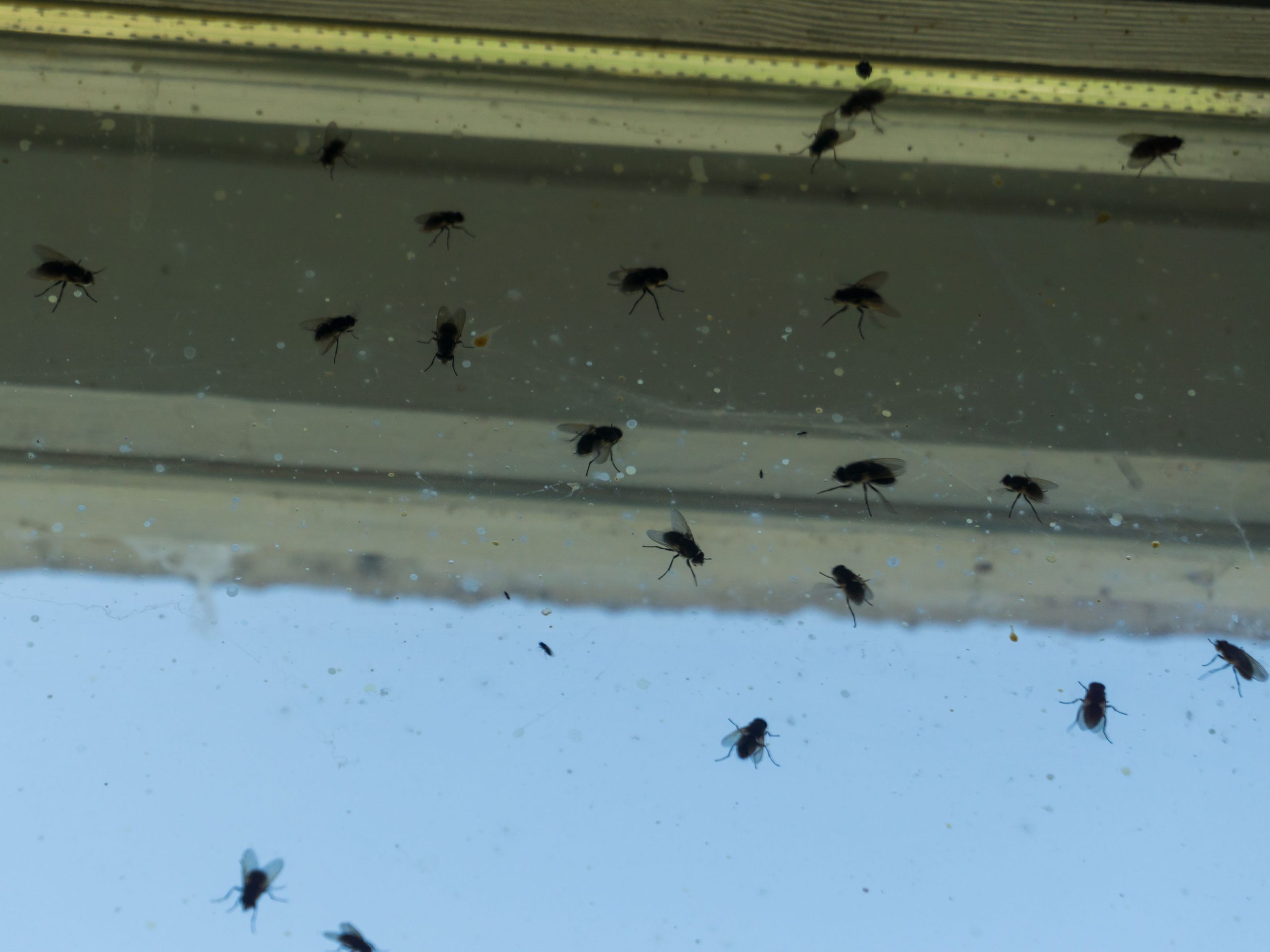
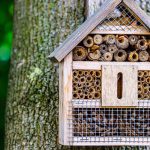
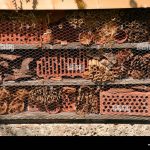
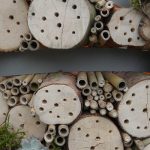





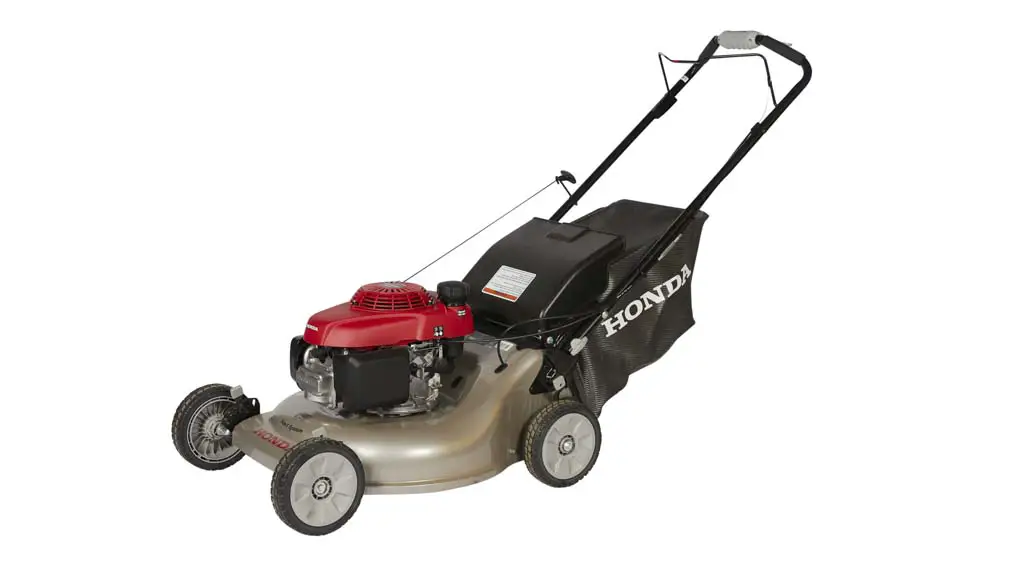
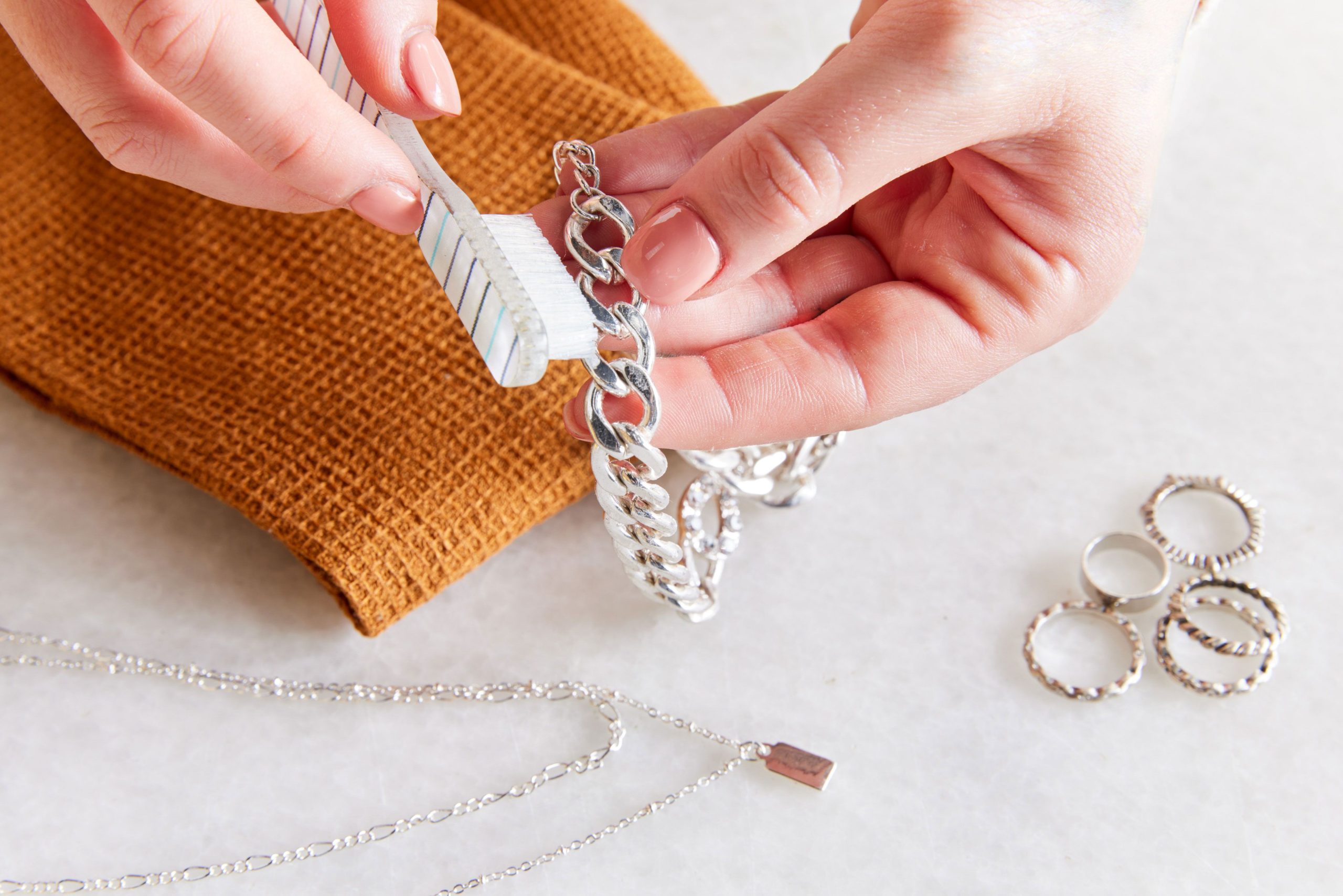

Leave a Reply